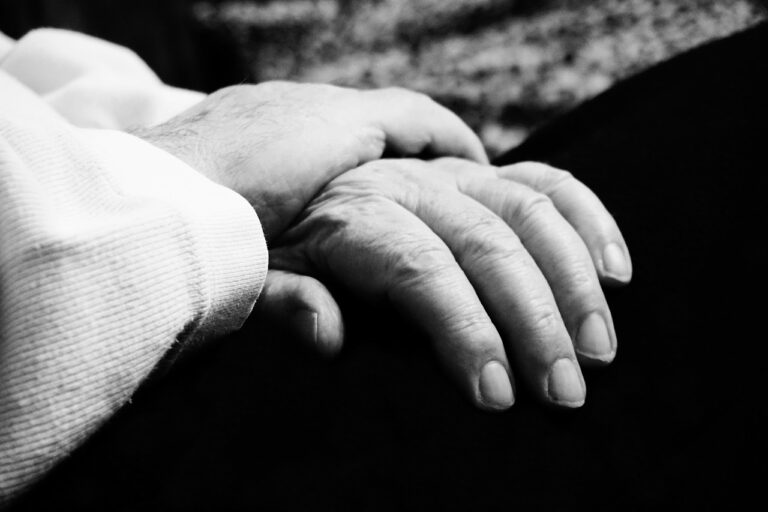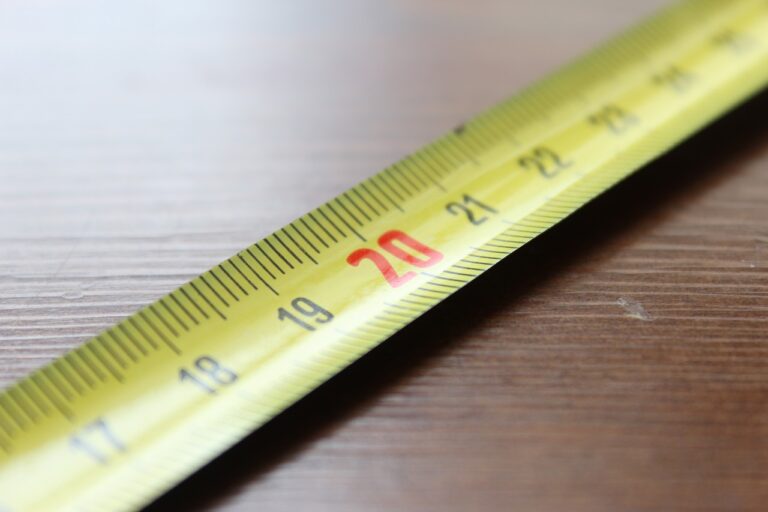The Impact of the Built Environment on Health Outcomes
Urban planning plays a crucial role in shaping the overall health and well-being of a community. The way cities are designed influences various aspects of public health, including access to green spaces, transportation options, and availability of essential services. By strategically planning neighborhoods and public spaces, cities can promote physical activity, reduce pollution levels, and enhance mental health among residents.
Incorporating features such as bike lanes, pedestrian-friendly sidewalks, and parks can encourage people to lead more active lifestyles. Access to fresh produce markets, healthcare facilities, and recreational areas also contributes to a healthier population. Additionally, urban planning that prioritizes mixed land use and efficient public transportation systems can reduce traffic congestion, promote social interaction, and minimize the negative impacts of urban sprawl on air quality and overall health.
How Building Design Influences Physical Activity Levels
Incorporating elements like stairs instead of escalators or elevators can encourage individuals to be more physically active within buildings. Easy access to communal spaces and green areas within residential complexes can also promote outdoor activities such as walking or cycling. These design choices can contribute to increased physical activity levels among occupants.
Furthermore, the layout of a building can determine how likely individuals are to engage in physical activities. For example, having well-defined walking paths or bike lanes within a community can make it more convenient for residents to choose active modes of transportation. Additionally, providing amenities such as gyms or fitness centers within a building can further incentivize people to engage in regular physical exercise.
How does urban planning impact public health?
Urban planning plays a significant role in public health by shaping the built environment, which can either encourage or discourage physical activity.
How can building design influence physical activity levels?
Building design can impact physical activity levels by incorporating features such as stairs, bike racks, and walking paths that promote movement and active transportation.
What are some ways to design buildings to encourage physical activity?
Some strategies include placing staircases in prominent locations, providing outdoor green spaces, and incorporating bike-friendly infrastructure.
How can individuals benefit from buildings designed to promote physical activity?
Individuals can benefit by incorporating more movement into their daily routines, which can lead to improved overall health and well-being.
Are there any potential drawbacks to building designs that encourage physical activity?
One potential drawback is the possibility of excluding certain populations, such as people with disabilities, if proper accommodations are not made in the design process.
How can communities work together to promote physical activity through building design?
Communities can work together by advocating for policies that prioritize walkability, cycling infrastructure, and access to green spaces in urban planning and development projects.





